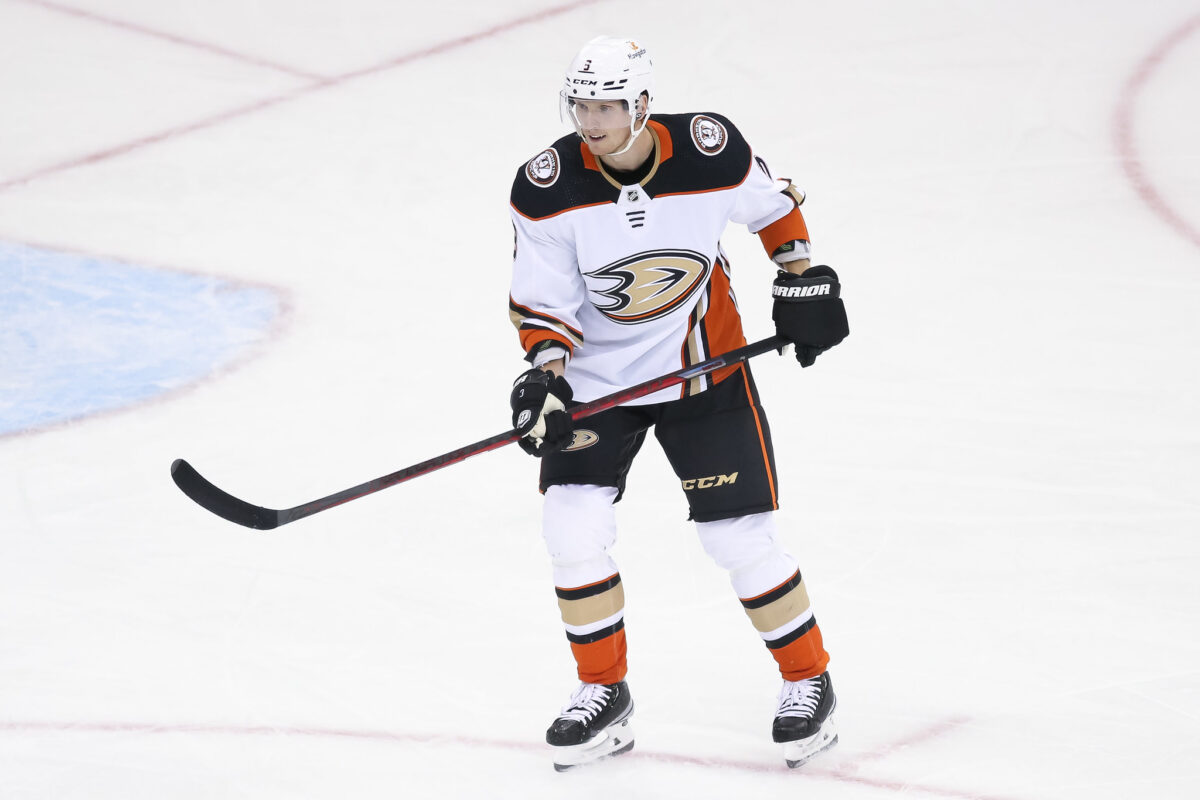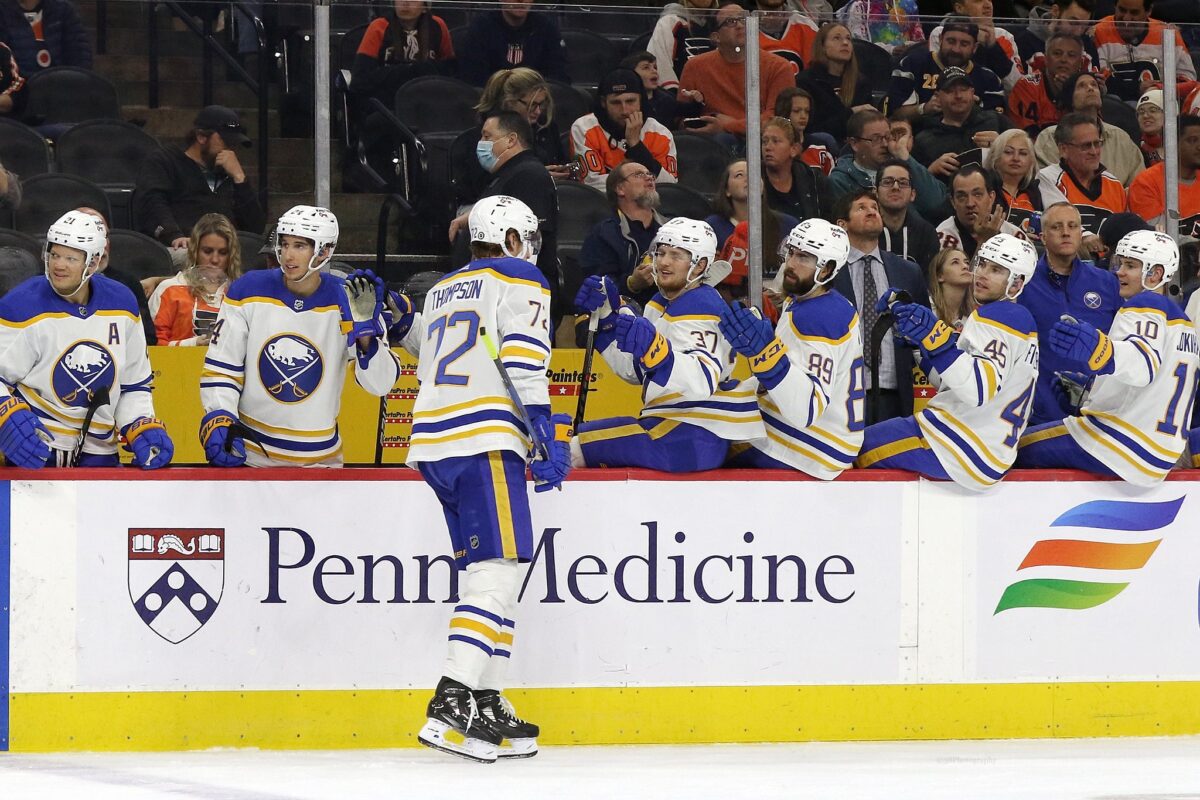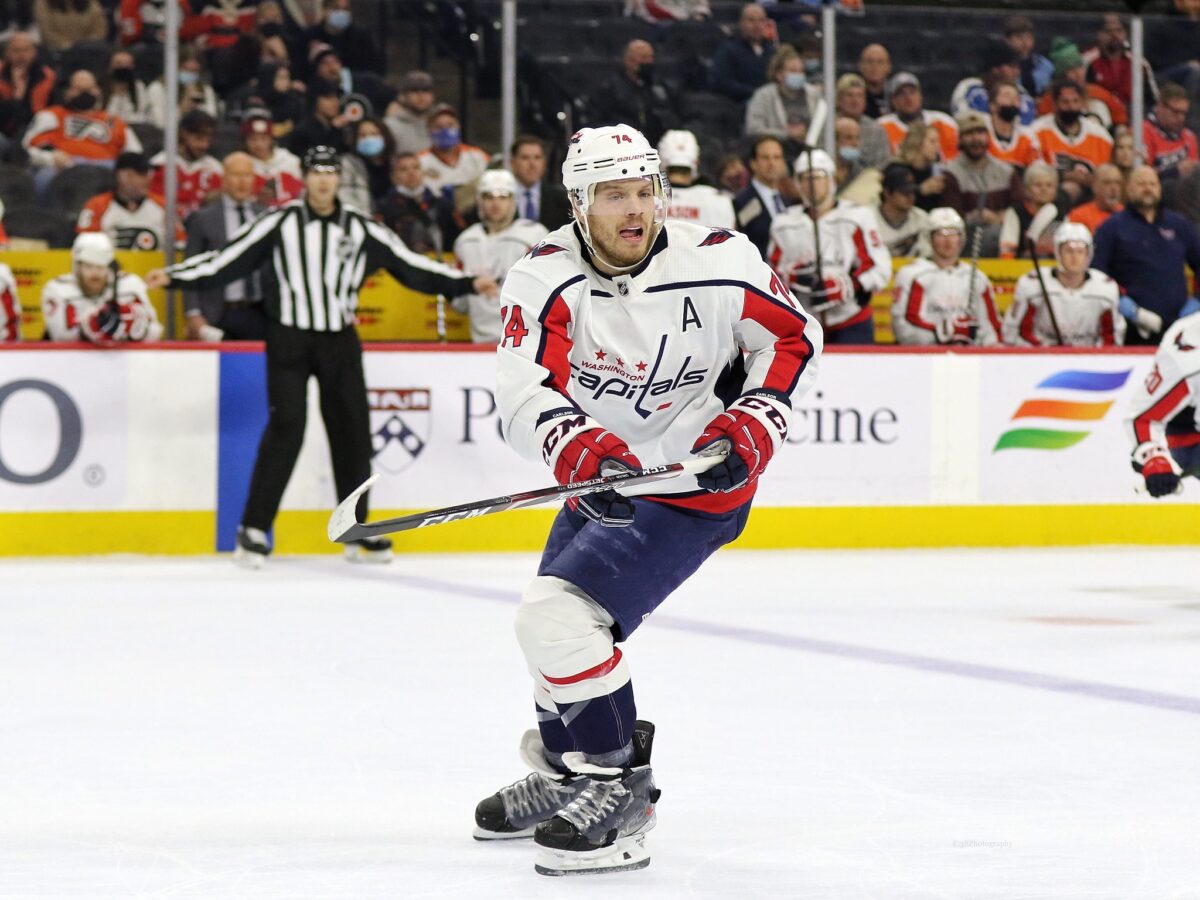With the dust settled on a weekend of All-Star festivities, the next important date on the NHL calendar is the March 3 Trade Deadline. As one of the worst teams in the league, the Anaheim Ducks are expected to be one of the busier front offices around the deadline. Similar to last year, the Ducks will be selling off as many expiring contracts as possible to recoup some assets to aid their rebuild. Their biggest trade chip this season is defenseman John Klingberg.
Related: Anaheim Ducks’ Top Goals and Saves from First Half of Season
Klingberg’s signing with the Ducks in the offseason was a surprise. After eight productive seasons with the Dallas Stars, he hit the free agent market with hopes of finding a long-term deal. When no such deal was offered, he found a soft landing in Anaheim with a potential win-win scenario for the club and the player. The one-year, $7 million contract gives Klingberg his big salary, and it allows him to hit the market again this upcoming offseason. His contract also helped the Ducks reach the salary cap floor, and it gave them another asset to trade at the deadline.

Klingberg’s time in Anaheim has been tumultuous. As an offensive-minded defenseman on one of the worst defensive units in recent years, his style of play has been exciting, but prone to leaving his goaltender out to dry. For the first few months of the season, his offensive production wasn’t matching his defensive shortcomings. However, he seemed to have found his scoring touch in January with six points in his last ten games. If he can continue to score at a reasonable pace throughout February, he should garner interest from a handful of teams that need help on the blue line for a playoff push. Here are three teams in a position to make a move for Klingberg.
Buffalo Sabres
As I mentioned last month when discussing Anaheim’s potential trade partners, the Buffalo Sabres are in a fascinating position to spend. They’re in a five-team battle for one of two wild card spots and have enough salary cap space to outspend anyone they’re contending with. While this makes facilitating a trade easier, it does potentially limit the Ducks’ return. Whatever value Klingberg carries on his own would be increased with Anaheim retaining most of his salary. Most teams will need some sort of salary retention, whereas the Sabres could easily absorb the whole contract.

The Sabres’ cap situation tightens up a little bit next season with extensions kicking in for Tage Thompson and Matthias Samuelsson, giving them a unique one-year window to dominate the rental market. With Owen Power and Rasmus Dahlin on the right side, Klingberg would likely slot in on the third pairing with some special teams duties on the power play.
Carolina Hurricanes
The Carolina Hurricanes aren’t in any danger of missing the playoffs, but they could use Klingberg’s services for a deep postseason run. Despite being one of the more consistent teams in the last five years, the Hurricanes haven’t reached the Eastern Conference Final since 2018-19, Rod Brind’Amour’s first year as head coach of the club. With a deep prospect pool and an additional 17 picks over the next two years, the Hurricanes have plenty of fascinating trade chips at their disposal.
Brent Burns is having a throwback season in his first year in Carolina, so Klingberg could find ice time on the power play’s second unit. He would likely fit into the second or third defensive pairing as an upgrade to Dylan Coghlan.
Washington Capitals
Like the Sabres, the Washington Capitals’ clearest path to the playoffs lies through the crowded Eastern Conference wild card. Their biggest obstacle may be the salary cap. John Carlson’s injury in December has landed him on long-term injured reserve, giving the Capitals enough cap space to activate Nicklas Backstrom from his hip injury. If they want to activate Carlson before the regular season ends, they’ll need to clear an additional $3 million to become cap compliant. With some salary retention, the Capitals can acquire Klingberg and wait to activate Carlson until the postseason.

Despite the financial complexity, Carlson’s injury has created a need on the right side. Their defensive unit is in such dire straits that 35-year-old Matt Irwin is suiting up and playing 12 minutes a night on the bottom pairing. Not only would Klingberg help absorb more minutes on a nightly basis, but he can operate on the top power play unit until Carlson is ready to return to the lineup.
Klingberg’s Value Increasing With Scoring
Klingberg being traded is as inevitable today as it was the day he signed in Anaheim. Unfortunately, his first few months in a Ducks uniform have been rough, and his trade value has subsequently suffered. But a recent uptick in his scoring has been helping recoup some of that value, and I’d imagine it will continue to increase if he produces during these final 11 games before the deadline.
Salary cap data courtesy of CapFriendly
